GeekSI
A Tech Blog for the People
Are you looking for an IT blog that speaks to you?
One that cares not only about the tech, but about the people behind the tech, the people the tech is for?
We want to be that blog for you.
We're here to offer reviews of new programs and products, insights into the ever-changing world of IT, and a glimpse into our day-to-day activities.
One that cares not only about the tech, but about the people behind the tech, the people the tech is for?
We want to be that blog for you.
We're here to offer reviews of new programs and products, insights into the ever-changing world of IT, and a glimpse into our day-to-day activities.

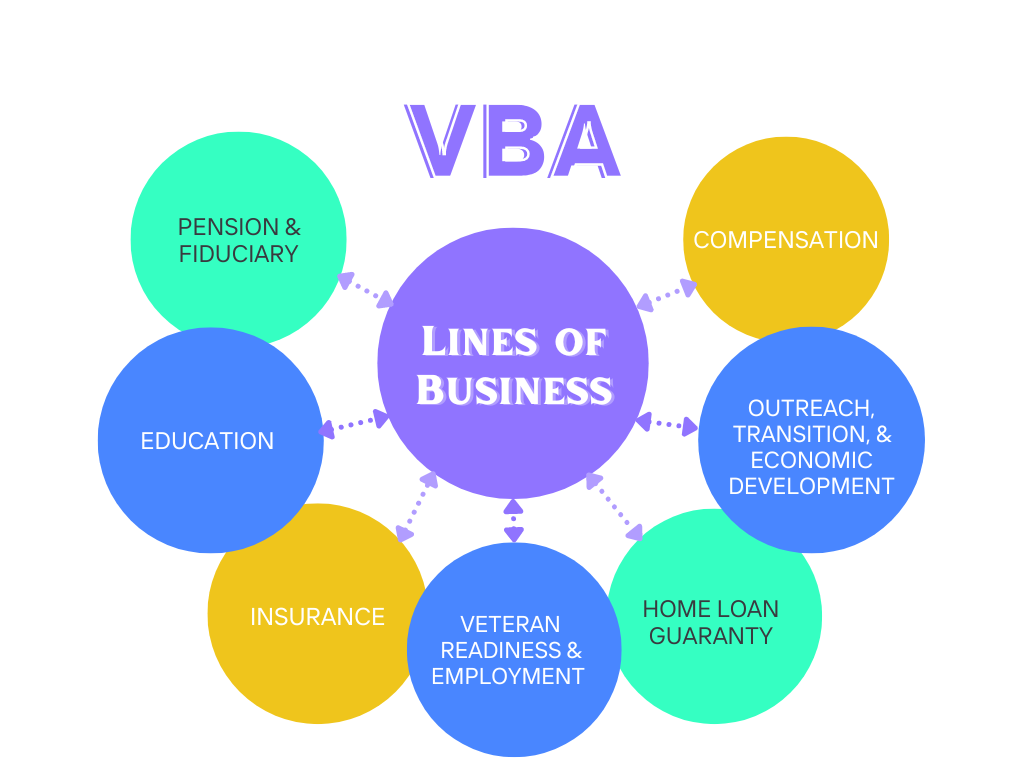
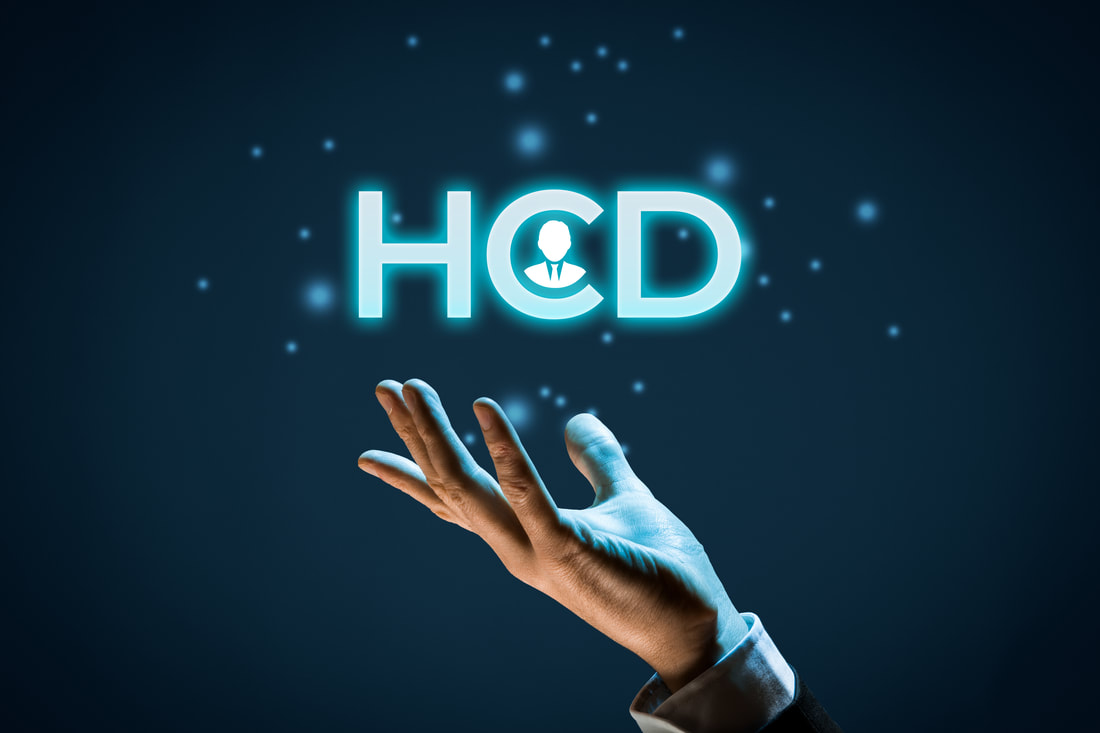
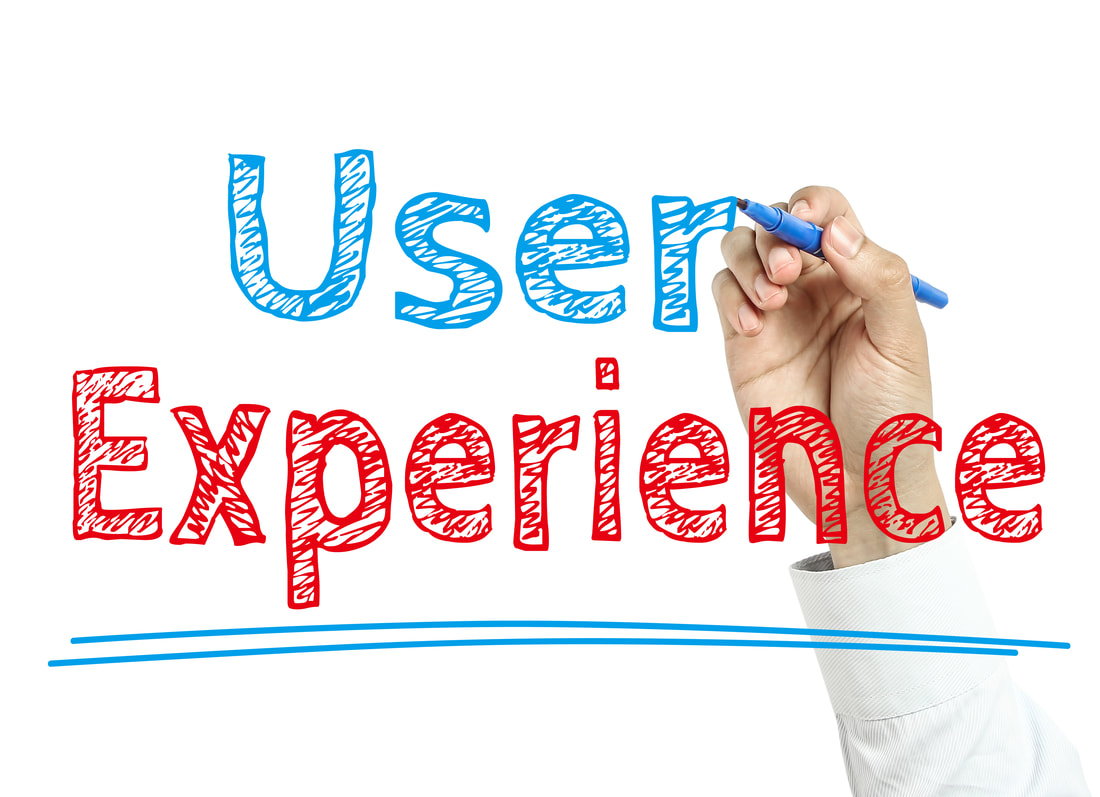
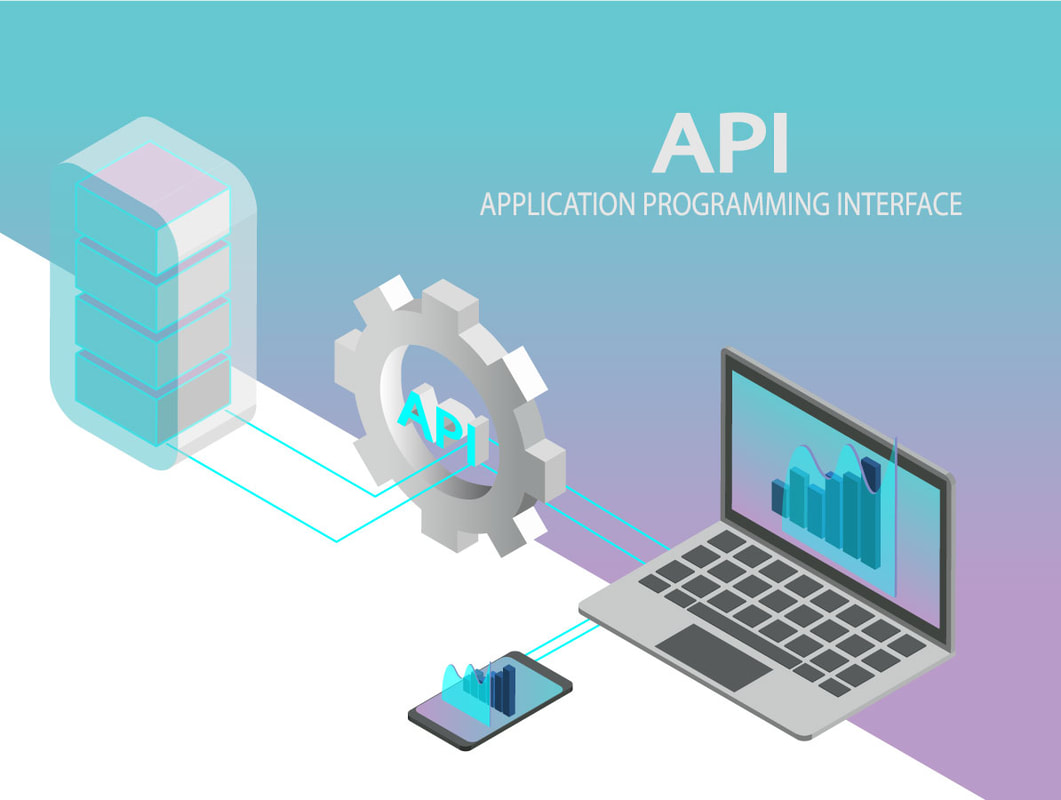





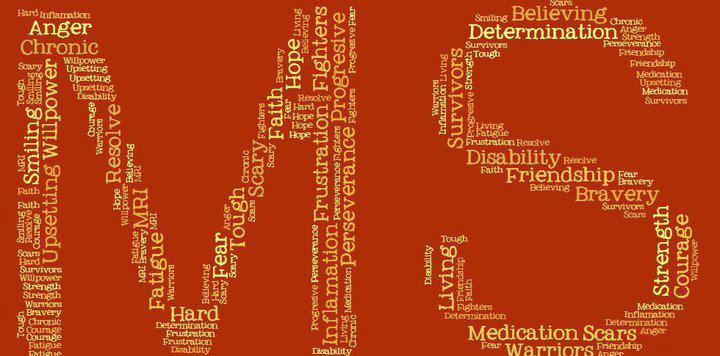
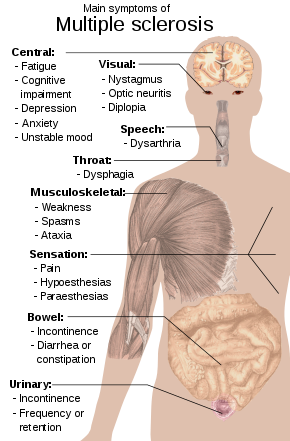
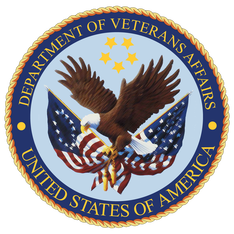

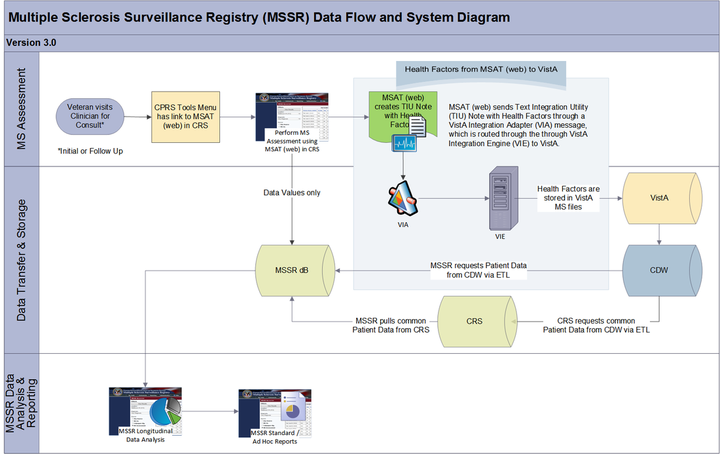
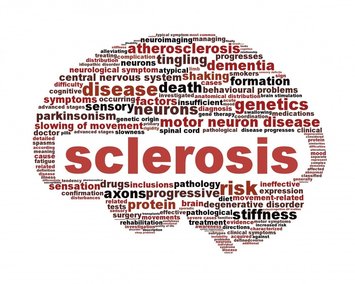
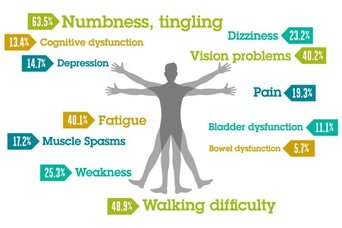
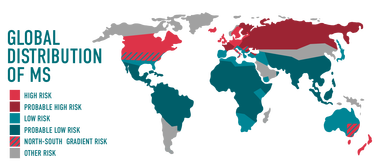

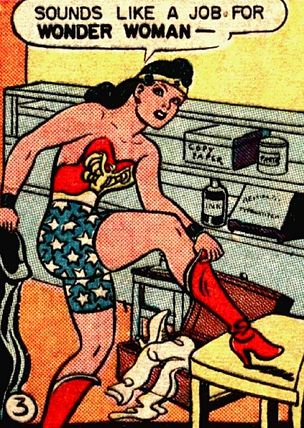



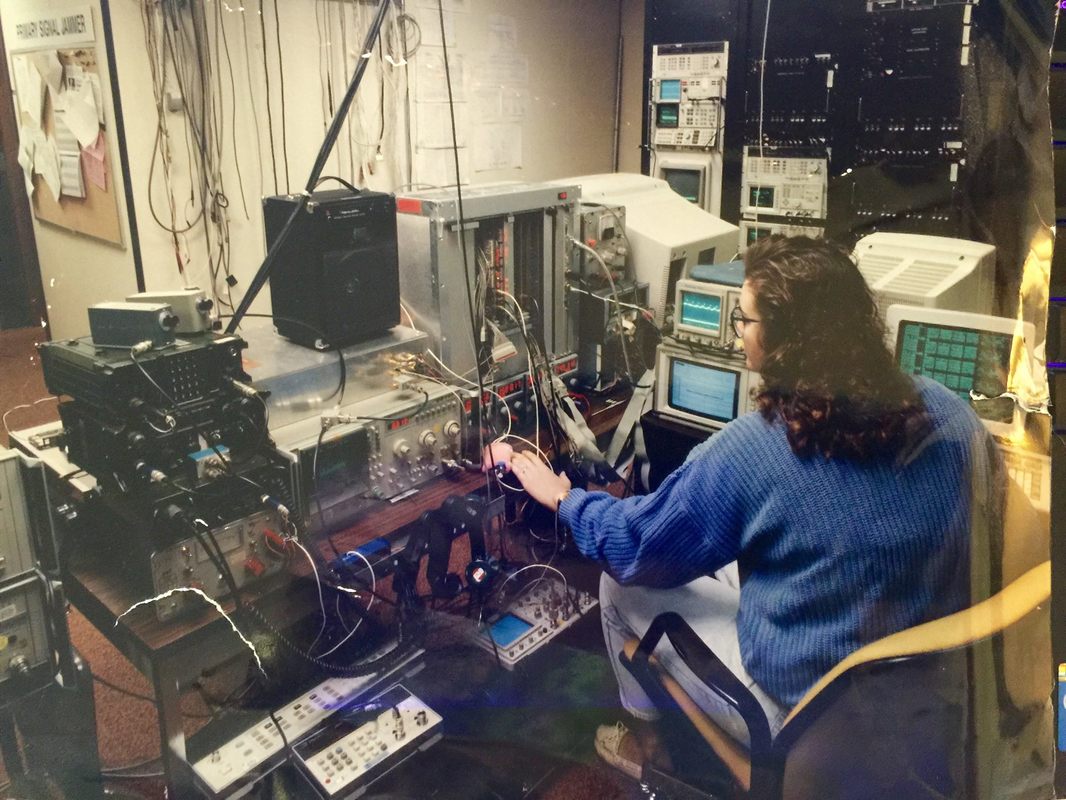


 RSS Feed
RSS Feed
